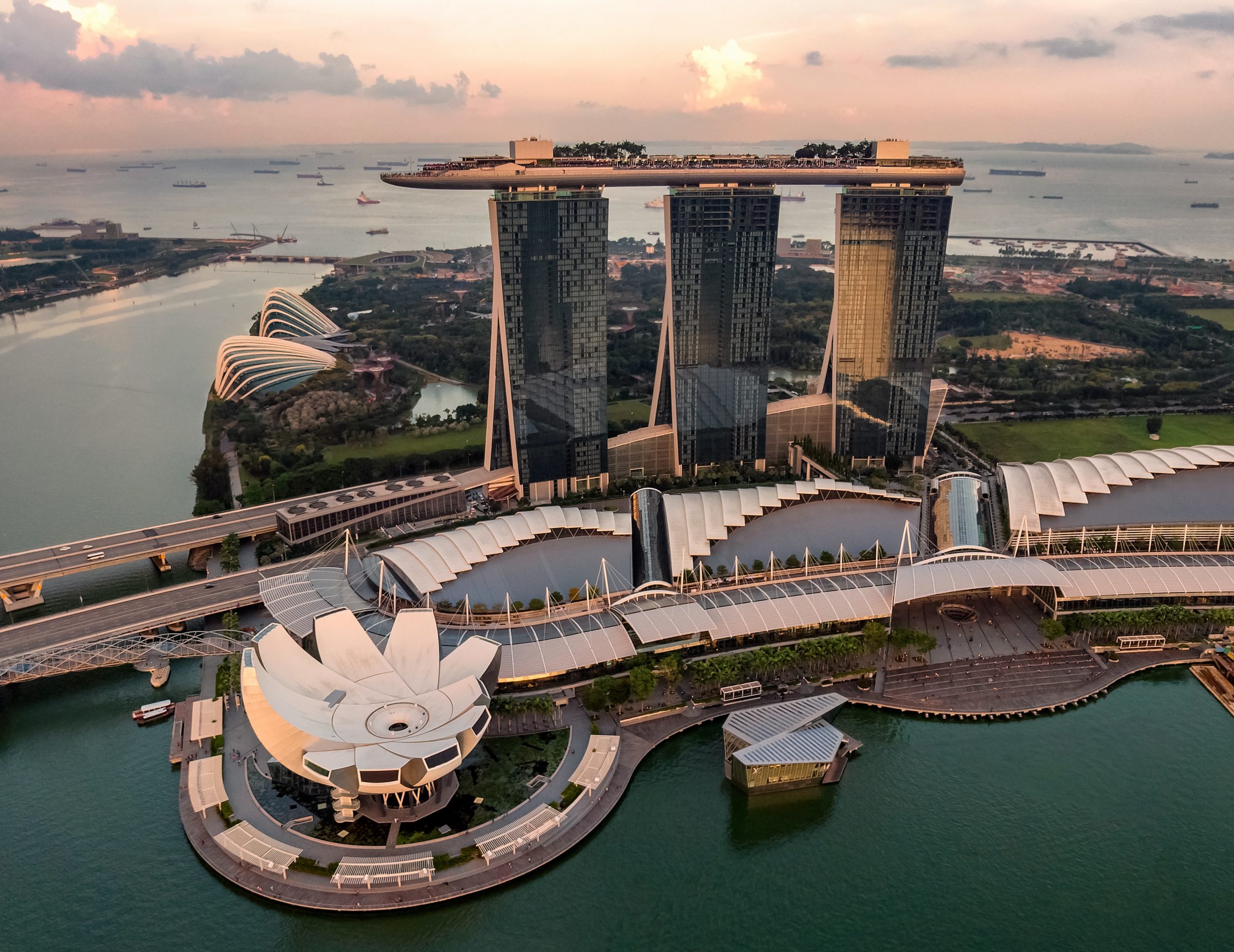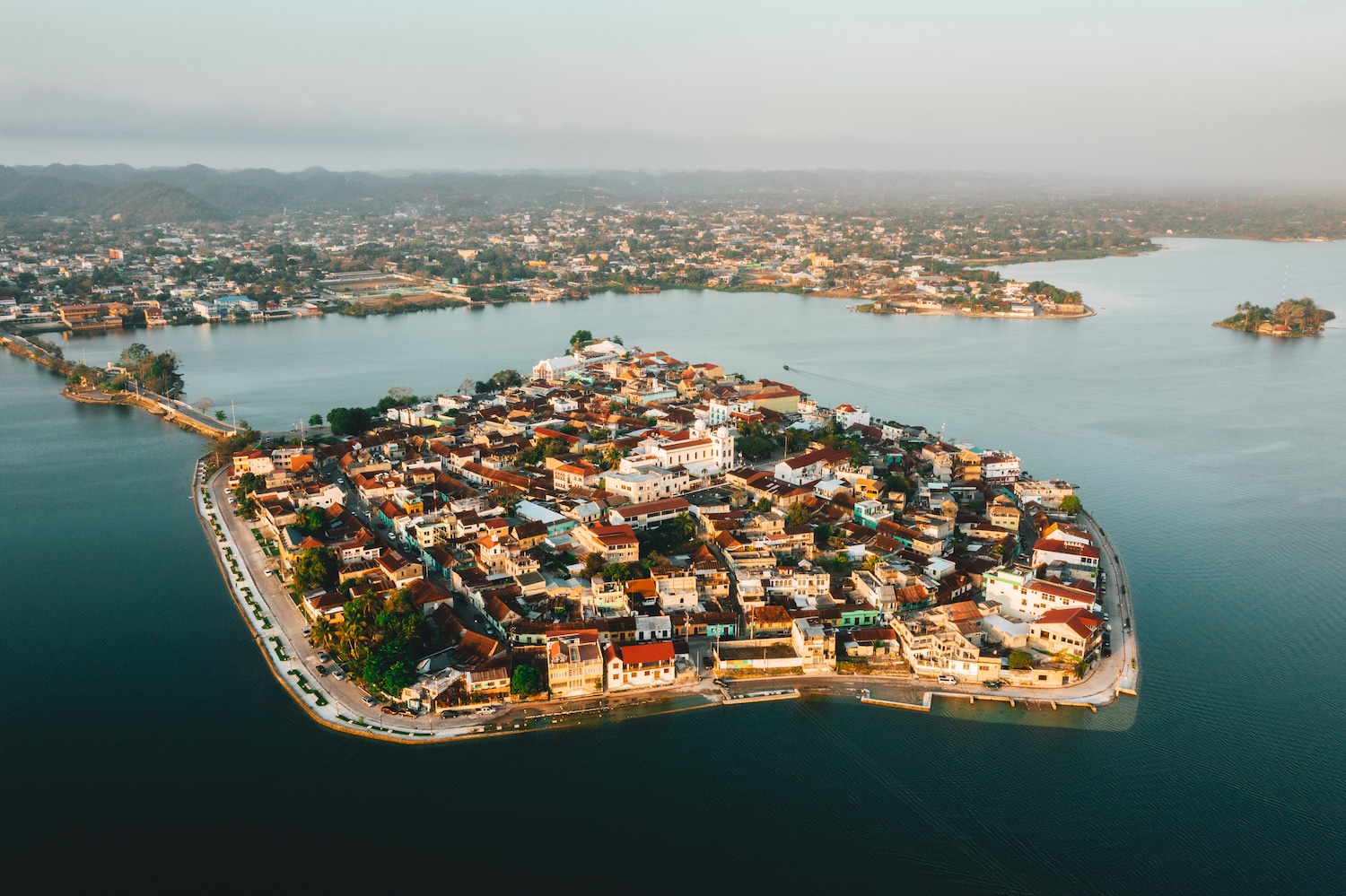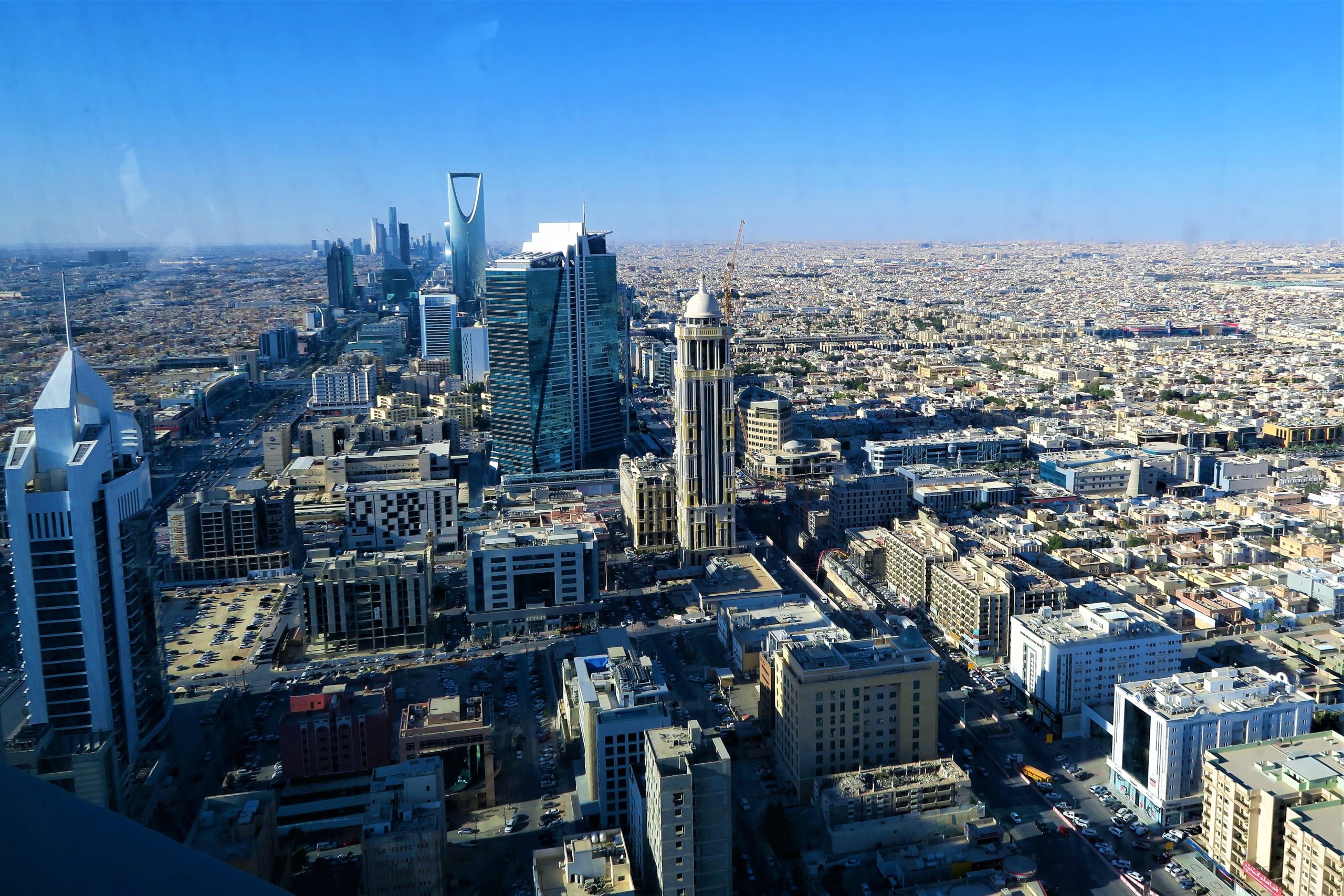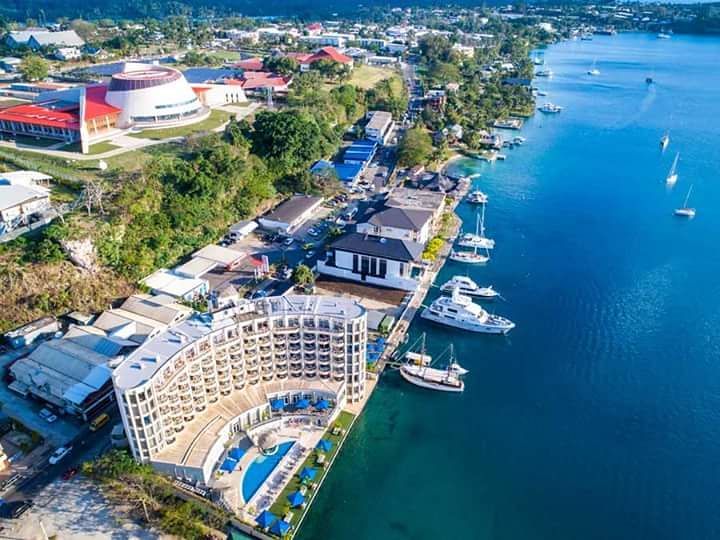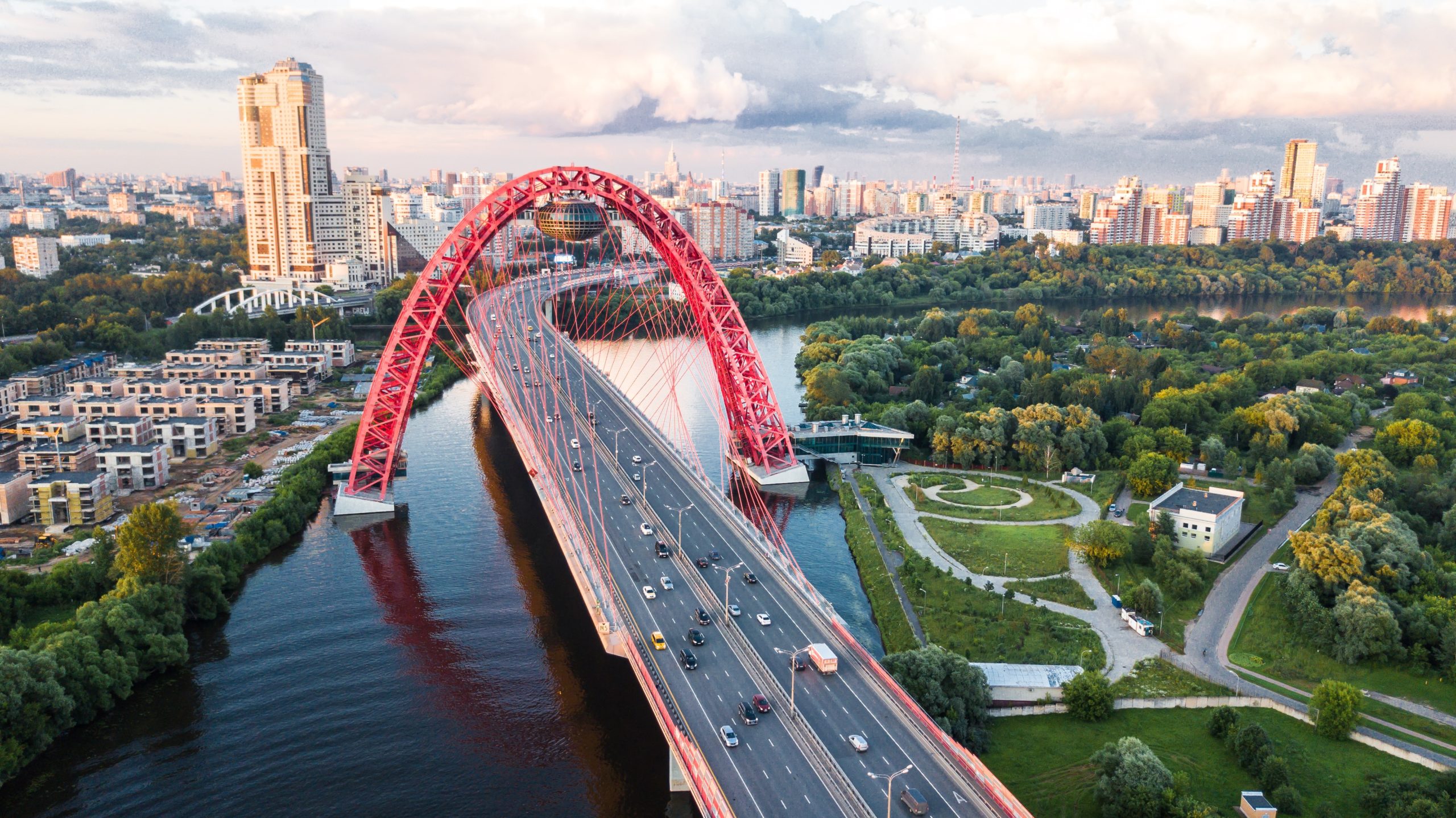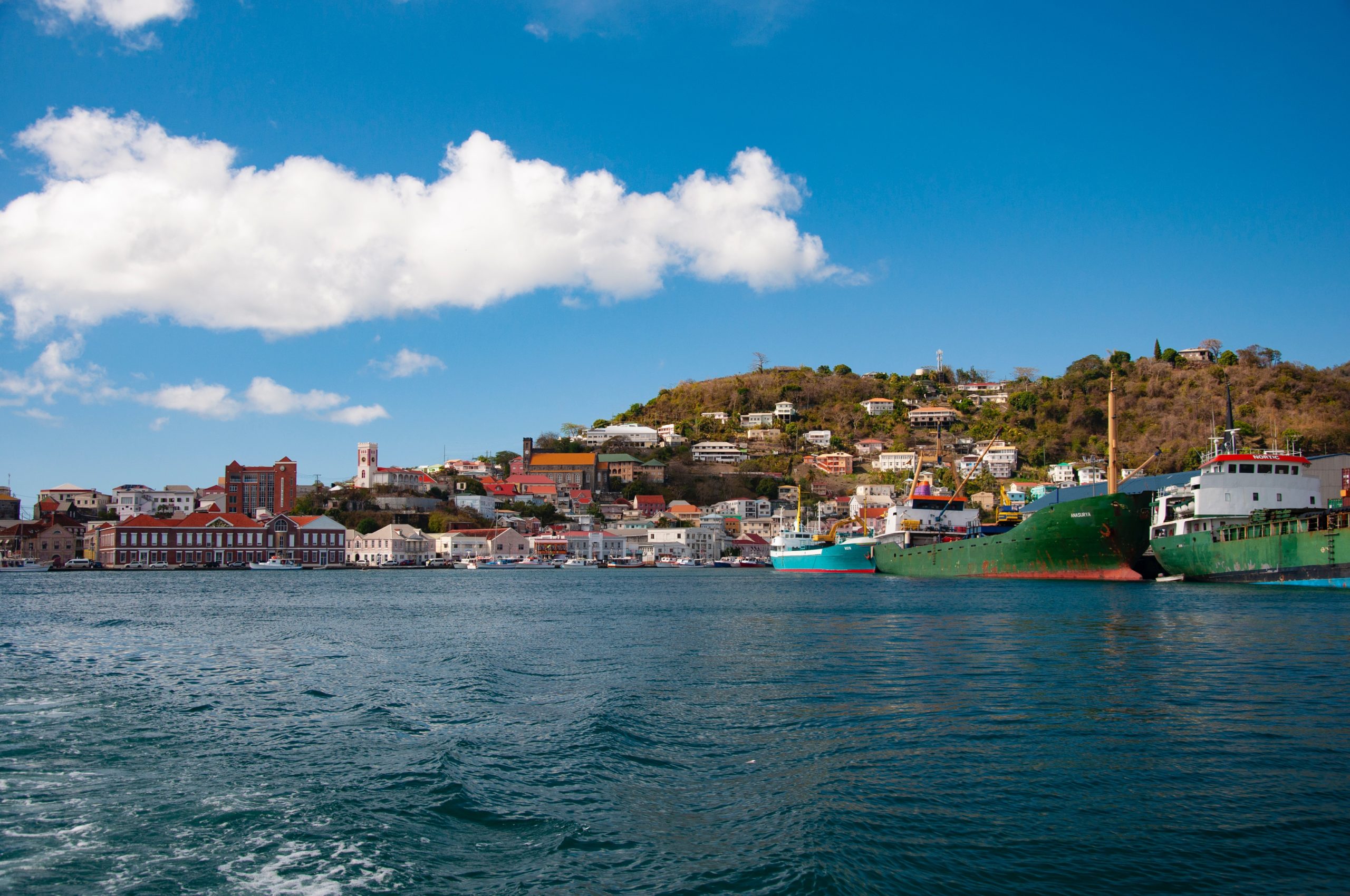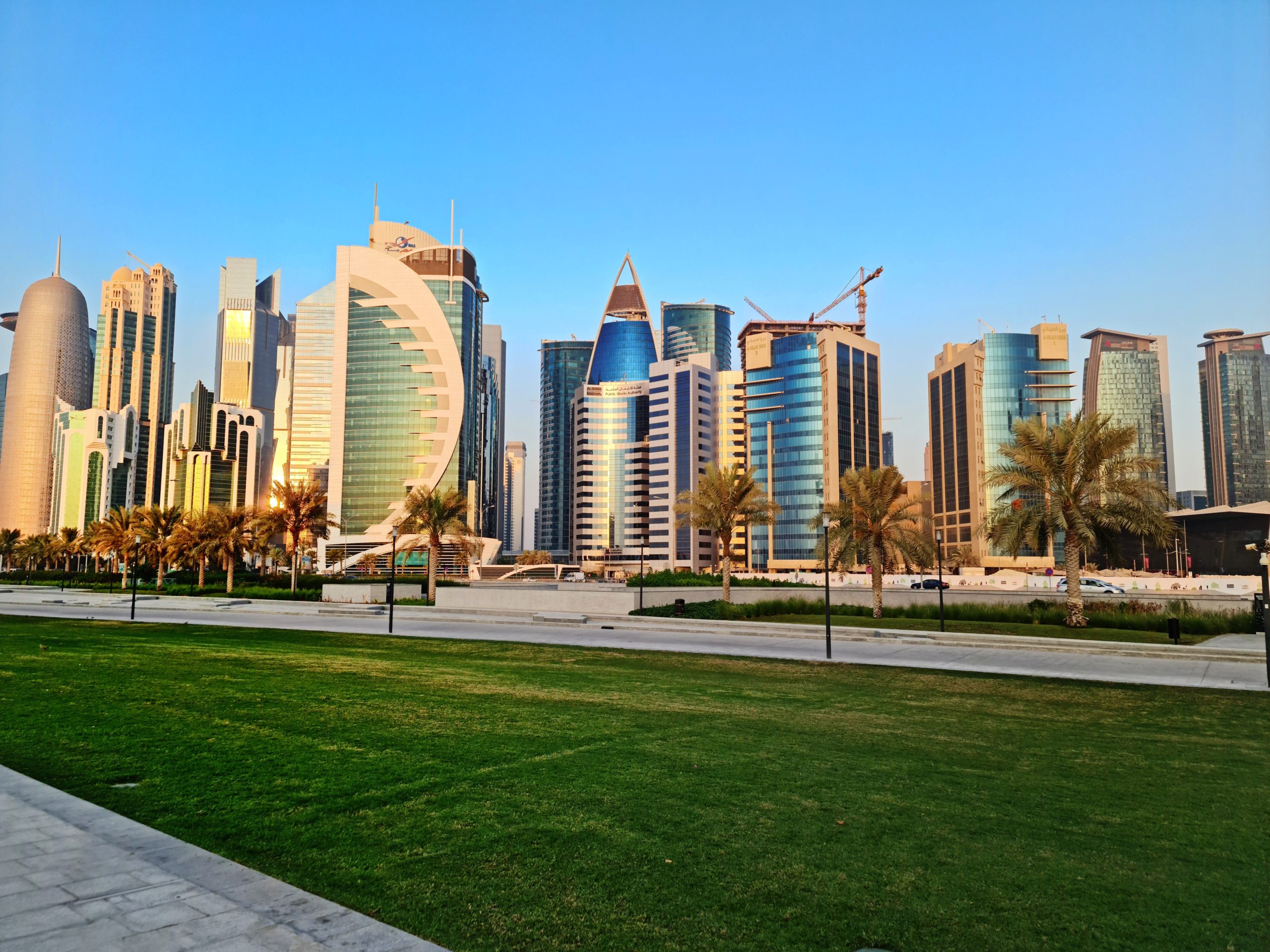Officially known as the Principality of Liechtenstein, Liechtenstein is a landlocked microstate that is located in the Alpine region of Central Europe. With a small size of about 62 square miles and a population of just under 40,000, it is the fourth-smallest country in Europe. While Vaduz is the capital, Schaan is the municipality with the greatest population. According to 2013 estimates, the GDP was barely $5.3 billion when measured in terms of purchasing power parity (PPP). The nominal GDP is estimated to be around $5.155 billion as of 2010. The two main economic sectors in this relatively tiny country are services and industries.
Despite being far less important, agriculture is still important. Due to their scarcity, natural resources have a very small impact on the economy. Liechtenstein is a member of the European Economic Area (EEA) and the European Free Trade Association (EFTA) on a global level (EEA).
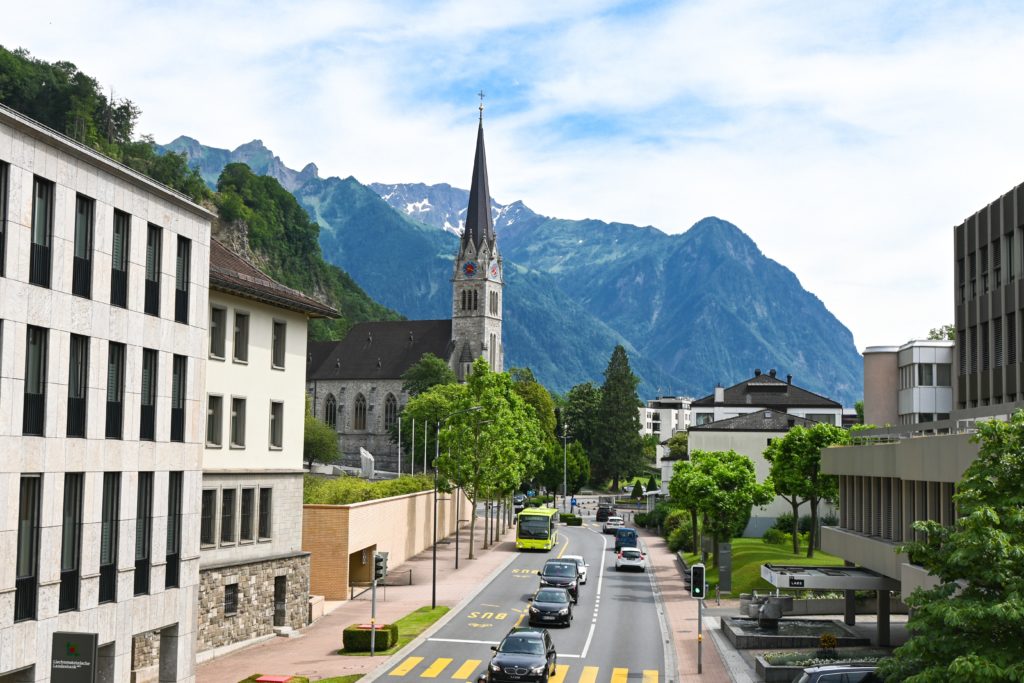
Banking and other financial services
The banking and finance sector makes up the majority of this industry. The country has made a name for itself as a key financial hub for businesses and residents from other countries. In actuality, there are more corporations registered in the nation as a whole than people living there. The tiny principality is home to at least 73,000 entities, the majority of which are foreign-owned enterprises, trusts, and organizations. When compared to other major countries in Europe, the principality has a higher living quality thanks in part to this well-developed sector. Liechtenstein’s financial services are popular because of its low tax rate, tight secrecy laws, and corporate governance standards. Around 16% of the workforce is employed in this area now.
From an economic perspective, financial services make up about 25% of the GDP of the country. More than 15 banks primarily focus on wealth management and private banking. Given how robust the banks are, it is important to note that they struggled to manage the 2008 financial crisis. Comparatively speaking, the nation’s banks did far better. Liechtensteinische Landesbank AG, LGT Bank, Banque Havilland (Liechtenstein) AG, and Raiffeisen Privatbank are a few leading financial institutions. The total asset value of all the banks as of 2015 was a staggering $60 billion.
Imports and exports
The export and import of goods is an important segment of the services industry. When compared to earlier years, the nation’s exports have greatly improved. For instance, exports were worth around $1.21 billion in 1988; by contrast, they were worth over $2.9 billion in 2008. While a bigger portion of the exports roughly 62.6% go to their immediate neighbor, the European Union, some (15.7%) do as well. About 21.1% of the exports go to other countries.
The principality and the US have been growing closer in recent years. Data indicates that of Liechtenstein’s exports, the US has been importing roughly $561 million, followed by Germany with $479 million. Approximately 32% of the money is allocated to research and development projects, which have been essential to the growth of the nation.
Industry and manufacturing
This industry, which is mostly focused on exports, employs about 40% of the country’s workers. The sector accounts for around 40% of the principality’s annual GDP. The businesses, most of which are small, are highly specialized for particular markets. They use a lot of research and development to stay profitable and competitive. Electronics and the manufacture of machinery and equipment are among the sectors. Access to the European market is one of the main advantages these small enterprises have. Other advantages include qualified labor from more than 100 countries and free trade agreements. It’s interesting to note that 53% of the labor force does not reside in the tiny nation. These folks travel every day to and from Liechtenstein.
Agriculture
In the past, the nation’s top industry was agriculture. But during the past 50 years, the nation has undergone such profound upheaval that agriculture is now a small business. No other western country has had a surge as rapid as that during that time. But even though it barely employs 0.8% of the population, agriculture is valued in the nation for a variety of reasons. These motivations include soil preservation and landscape cultivation. The terrain and climate are primarily favorable for grazing.
43% of the country’s land area, or roughly 6865 hectares, is covered by forests. In addition to being aesthetically pleasing, trees and other plants can protect from natural disasters. The trees are protected by strict laws that ensure the continuation of a healthy and structured vegetation cover.
